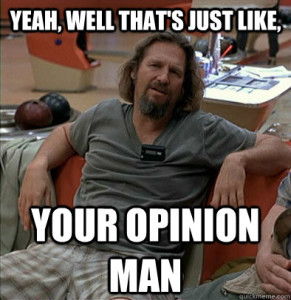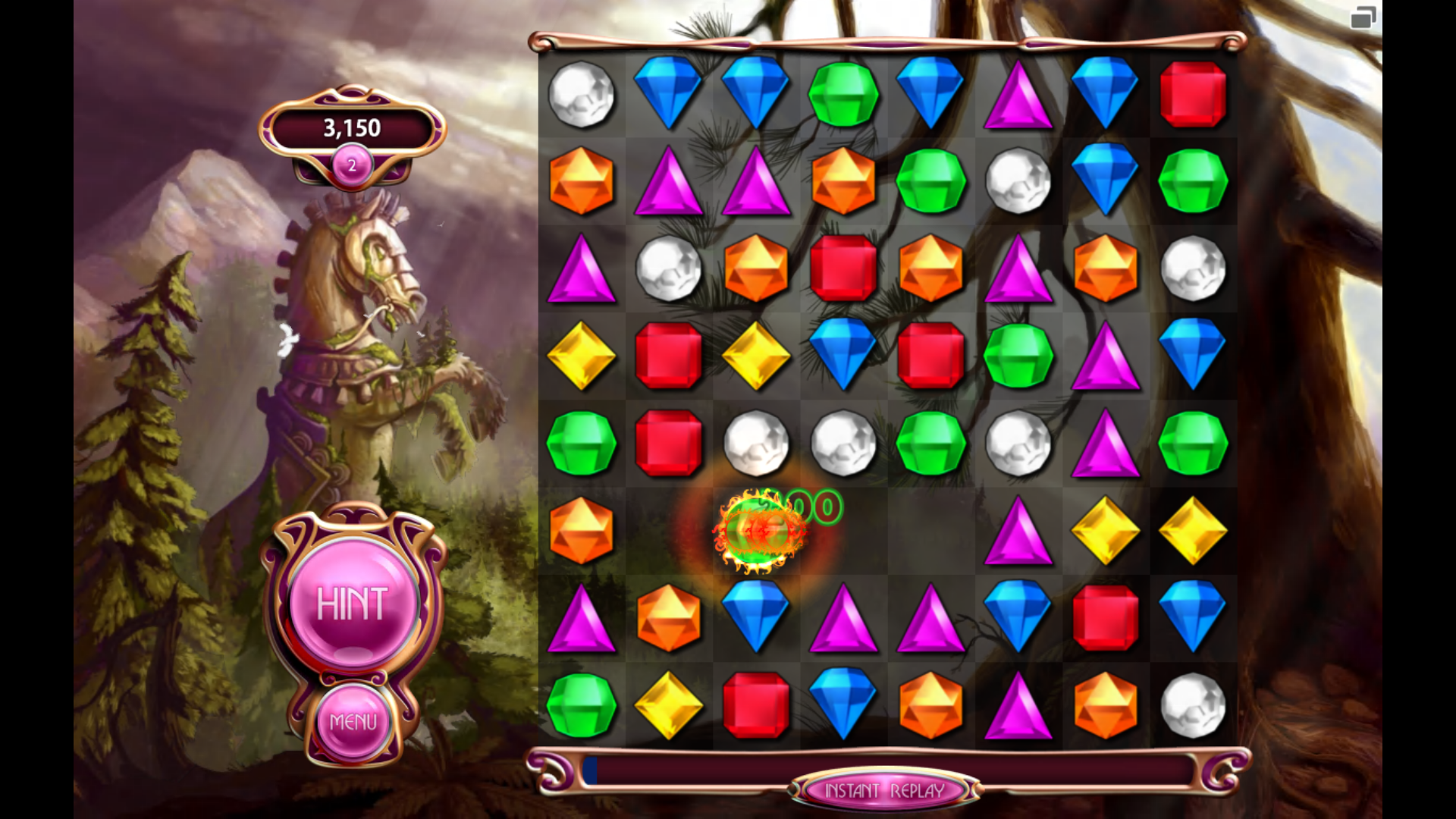I’d like to pick up a small part of last week’s discussion on games, narratives, and experience, as the idea of environmental narrative bled into my seminar papers this semester as well. If we want to think about games as a matter of being – as in, what happens when we are “in” the game space and how our being in that space impacts things, when the space is the primary vehicle for story, then we must dig into what being is in that sense. What does it mean to be in this space rather than that one? How does a room look from a perch on the arm of the sofa versus sitting relaxed in a deep and cushy armchair? How does it feel to look at a party through a window versus standing in the midst of the action? Obviously, positions impact experience (physical positions and others) and that’s something worth looking at more deeply when we think about environmental storytelling in particular. This brings me back to the idea of the sprawling, uneven genre I think might be better known as ambient adventure games.
In chapter six of his book Ambient Rhetoric, Thomas Rickert argues that “rhetoric is ontological, being emergent from and wedded to the world, to the world’s being,” but he’s working with a much deeper, richer definition of “world” which, when we unpack it, may be very well applied to considerations of video games. Rickert’s thinking of world not just as physical space, but in the philosophical tradition of something much bigger: an idea of “world” as a completeness, an everything, the physical and the ephemeral, the contents and the packaging, too. By being in world, we create our world. Discourse, meaning, the objects we hang our symbols on: all this and more is world. Rickert explains:
Thus, if I say a coffee shop is rhetorical, I mean more than that suasion emerges from a coffee shop’s design choices concerning colors, layout, lighting, menu, music, and so forth, although such suasion is certainly present. And yet, I mean less than saying that color, layout, lighting, etc. are rhetoric, no more than a font is of itself rhetoric. Nor is it simply their assemblage. Rather, to understand how the coffee shop is rhetorical, we have to understand in what way this ensemble of elements is given to us in such fashion as to affect or transform how we inhabit that space. The individuation of each element takes its bearings from the larger whole, yet each finds it place within that whole—there is sense of fittingness stemming from this as a whole. On this account, rhetoric cannot be reduced to the intent—deliberate or posited—to persuade, for we have to include the larger background inclusive of our activity against which the particular assemblage of elements comes to be seen as suasive.
So when we wander a house in an adventure game, when we examine objects in an effort to determine what they might reveal, or how they fit together to reveal something else, something new, it is the whole of being that is coming into play, our being, the objects, the completeness of the scene and our place in it. In a piece we referenced last week, Tom Battey says in response to Ian Bogost, “‘Are they really stories, when they are really environments?’ Yes. We accept that a play is a story, even though its [sic] really a collection of people on a stage in a room moving around and speaking, and that a film is a story even though it’s really a few people flapping about in front of a camera, so it seems silly to suggest that a game cannot be a story because it’s really an environment.” The coffee shop isn’t just a coffee shop; it is a meeting place, a being-place, a place to relax, to learn, to speak, to listen. It is different every time, even though some things are the same. We are fully accustomed to these layers of meaning and symbol, to exchanging one idea for another, one interpretation for another, as needed. We don’t question that. But we question stories.
With games studies, perhaps because the medium and hence the field itself, building from the intersecting fields that feed into it, is so new, we scramble to put ideas into boxes. If we file them away, we can move on to new ideas. It’s frustrating then to see the narratology/ludology debate return, but in a way, it may be a necessary return, as every year, we add new knowledge to the world of game studies. The lighting changes. We move to a different chair. The wholeness of the scene shifts as we consider new angles. But in some ways, the answer is the same, because there’s no answer—which is why it’s equally frustrating when someone clears their throat, steps forward, and says this is, unequivocally. It is the answer. It’s frustrating because it’s an effort to deliver a final word when perhaps there is none.
 These conversations don’t end, because they cannot. We cannot find an answer, so we are busily looking for something that doesn’t exist. There are multiple answers, multiple positions, multiple possibilities that refract and change as we adjust a lens or dim the lights. We know this, of course; we skate away from difficult arguments, muttering, “we’ll have to agree to disagree,” acknowledging even begrudgingly that there are sometimes different views, but we insist too on reason, on answers, on objective measures. But not everything can be objectively measured (such as experience), and even when it can, we can’t assume the person holding the yardstick is at all objective. They, too, have a position.
These conversations don’t end, because they cannot. We cannot find an answer, so we are busily looking for something that doesn’t exist. There are multiple answers, multiple positions, multiple possibilities that refract and change as we adjust a lens or dim the lights. We know this, of course; we skate away from difficult arguments, muttering, “we’ll have to agree to disagree,” acknowledging even begrudgingly that there are sometimes different views, but we insist too on reason, on answers, on objective measures. But not everything can be objectively measured (such as experience), and even when it can, we can’t assume the person holding the yardstick is at all objective. They, too, have a position.
I don’t argue this point to say that there are no answers, only to suggest we relax on the idea of hunting for the proverbial golden ticket that will unlock some ultimate truth about what games are. The moment we think we’ve hit on such a concept, someone comes along and releases something new and we have to recalibrate anyway, so why not begin with the idea of multiple positions and possibilities?




